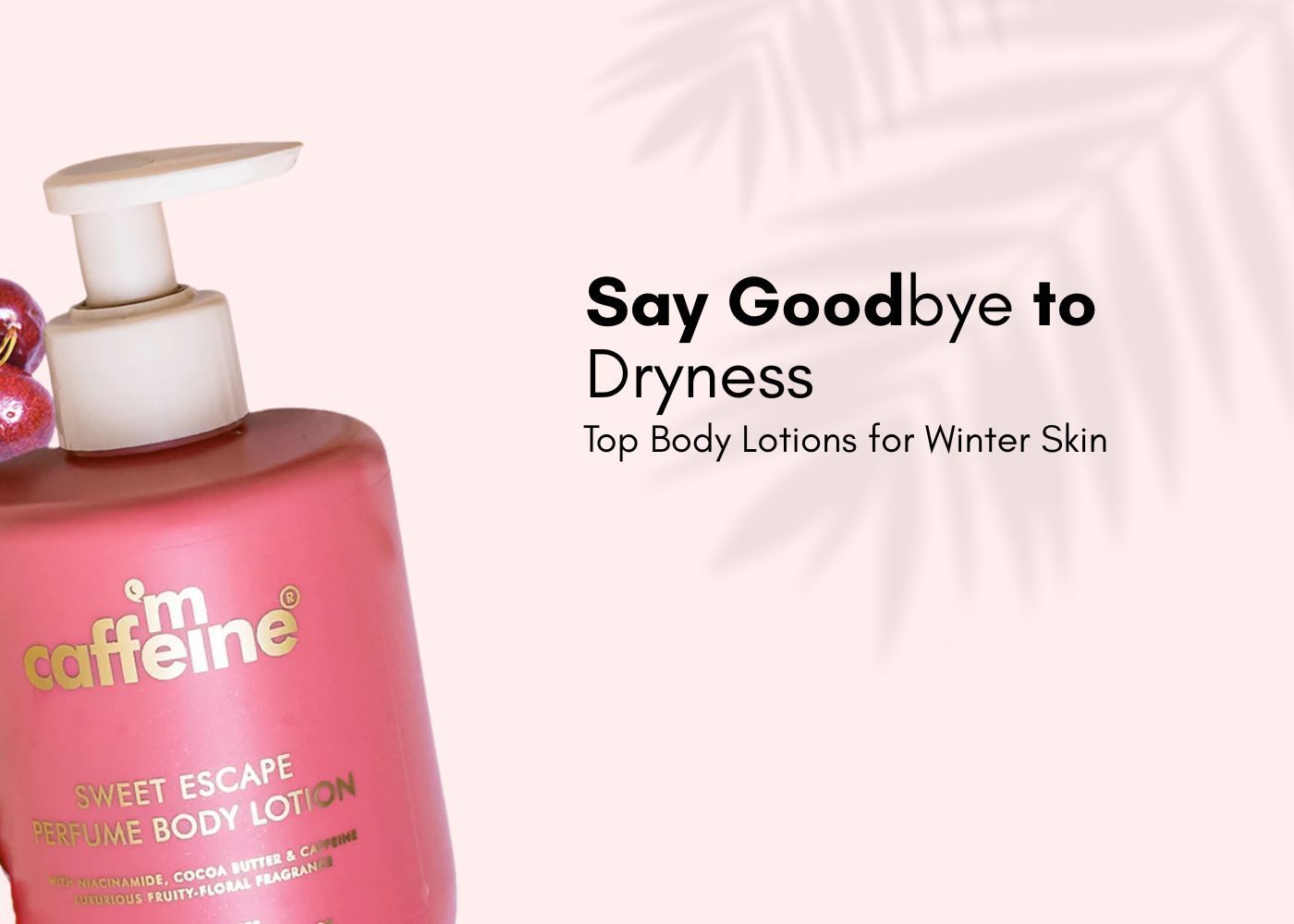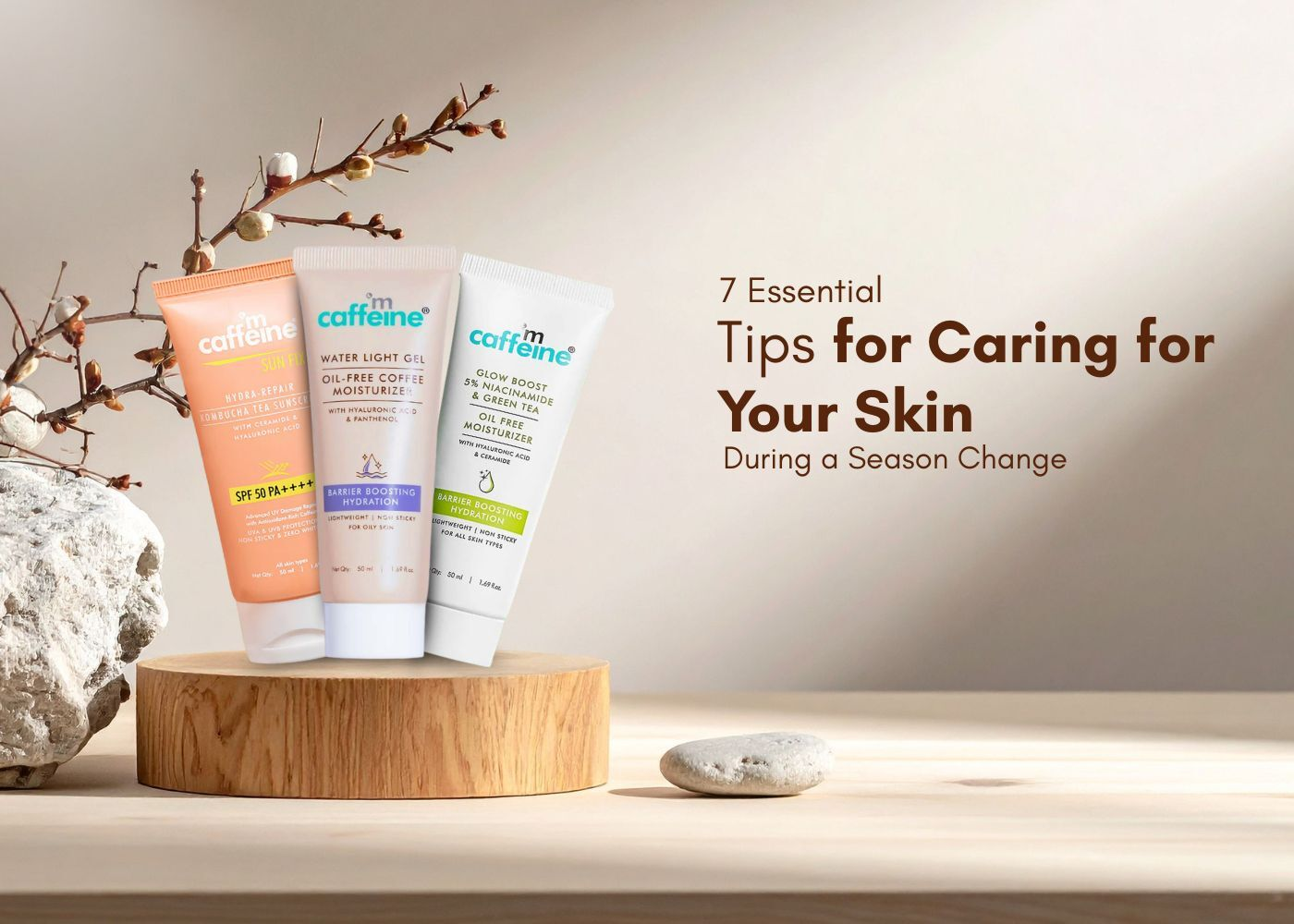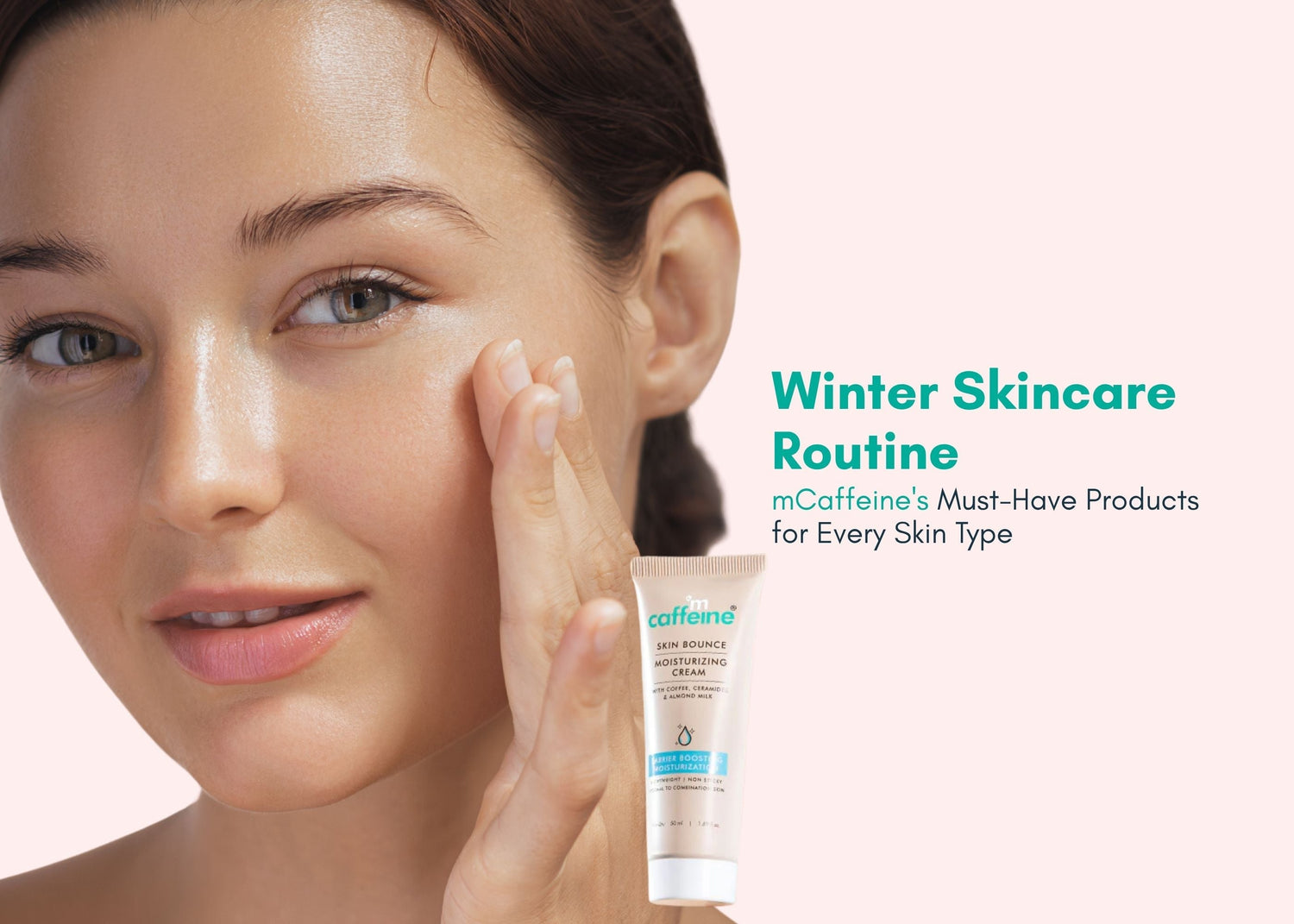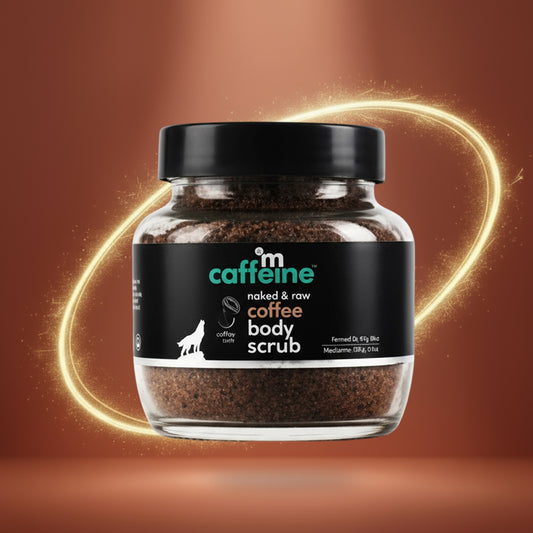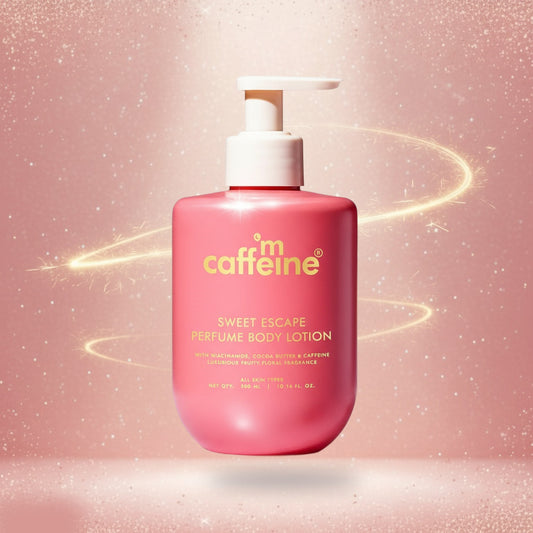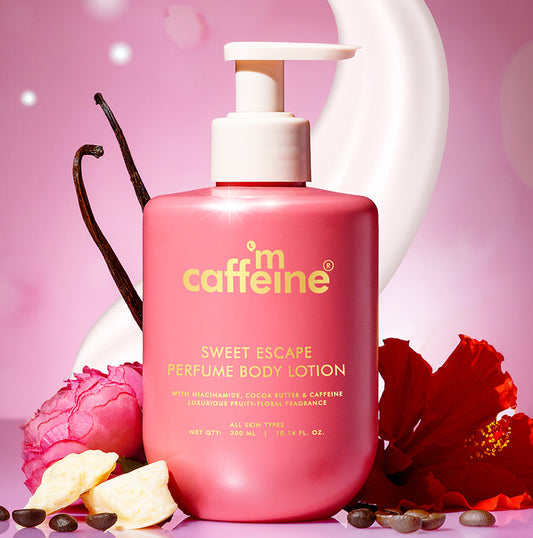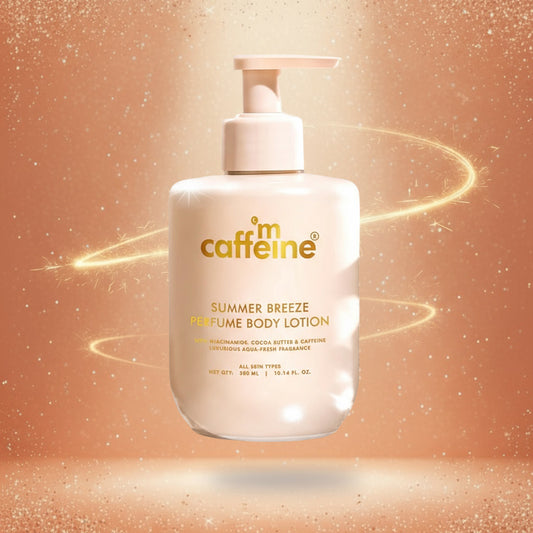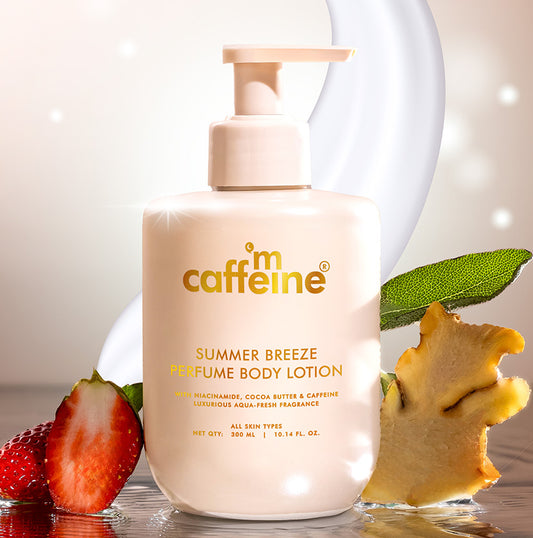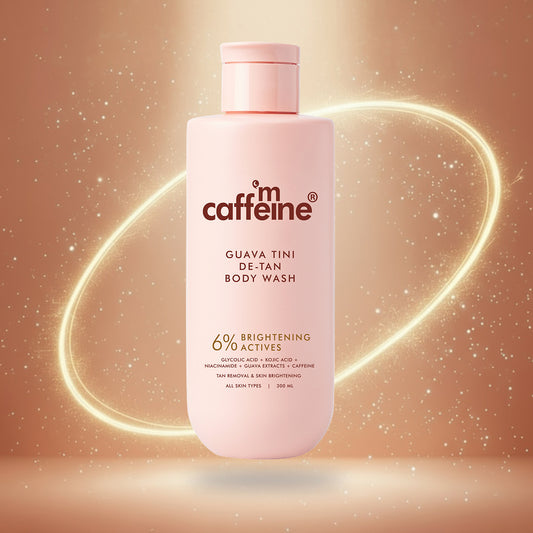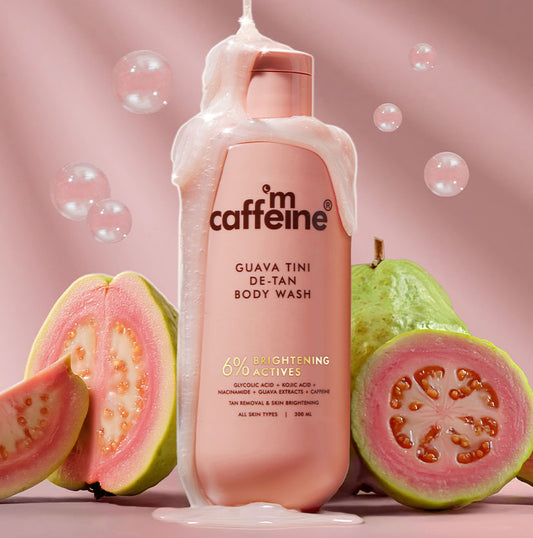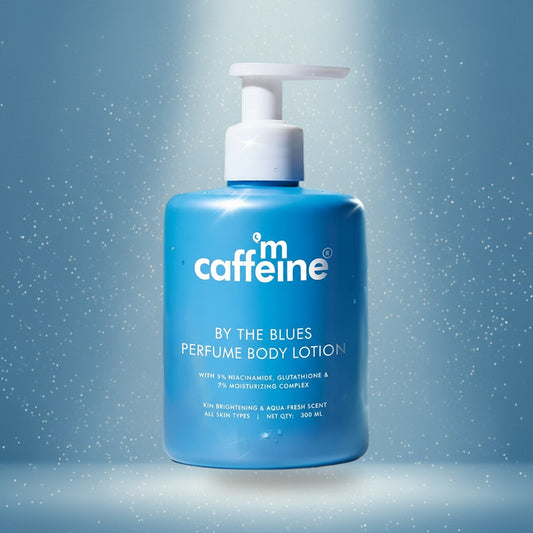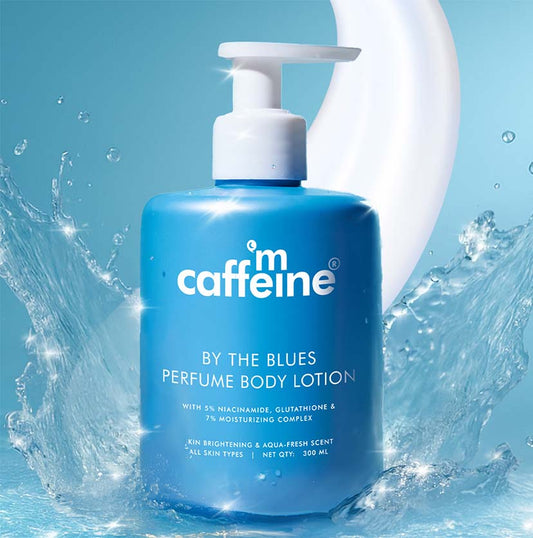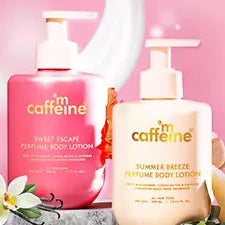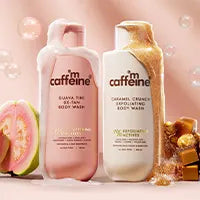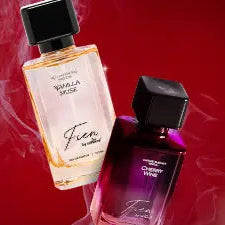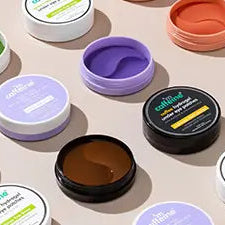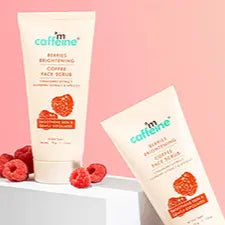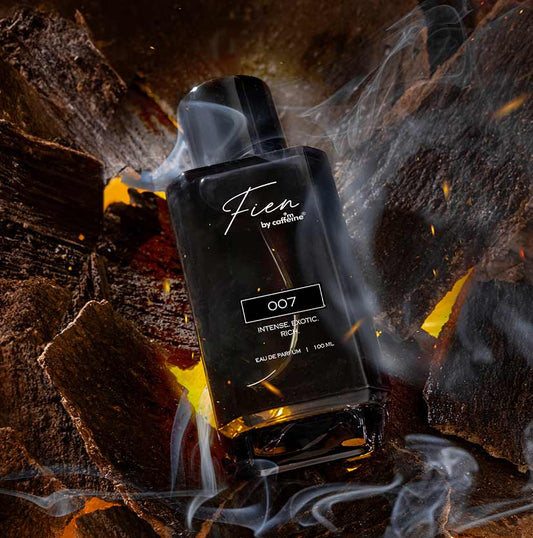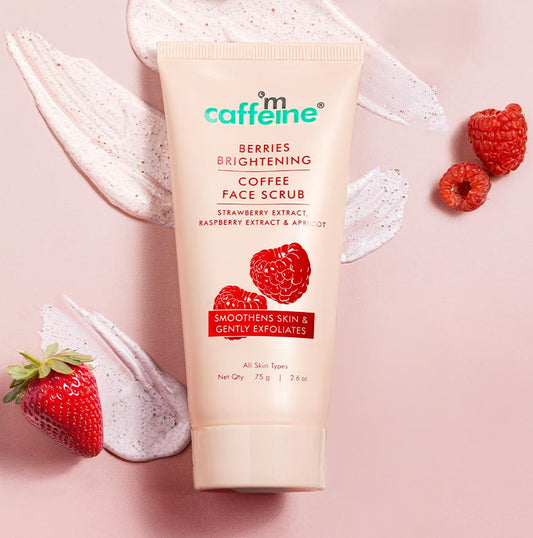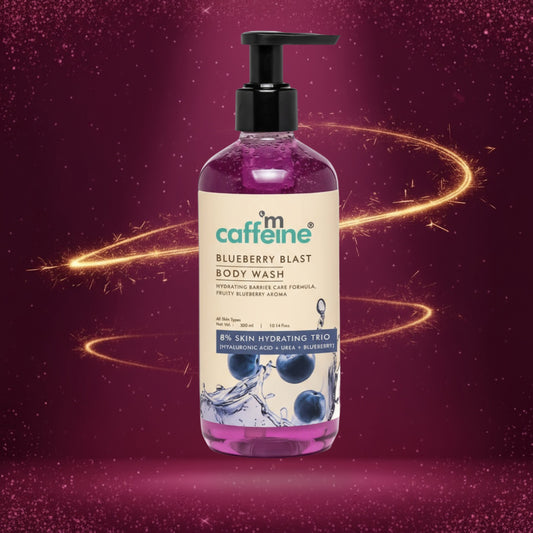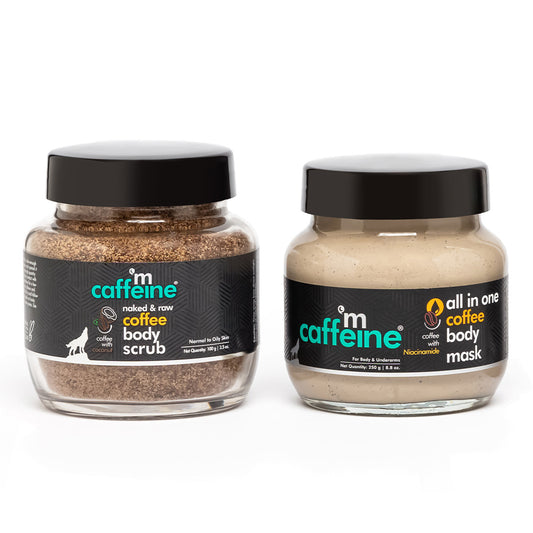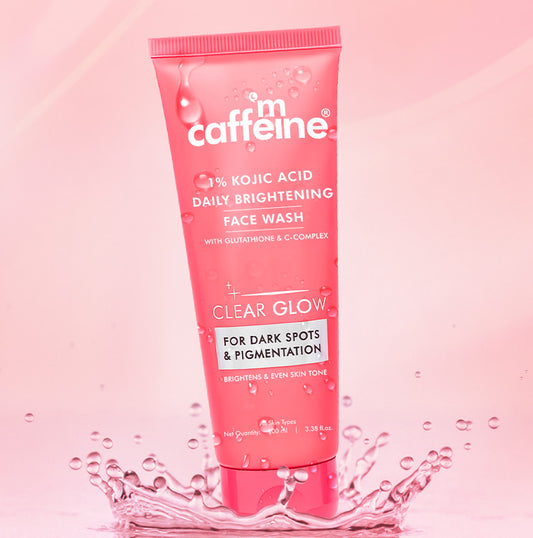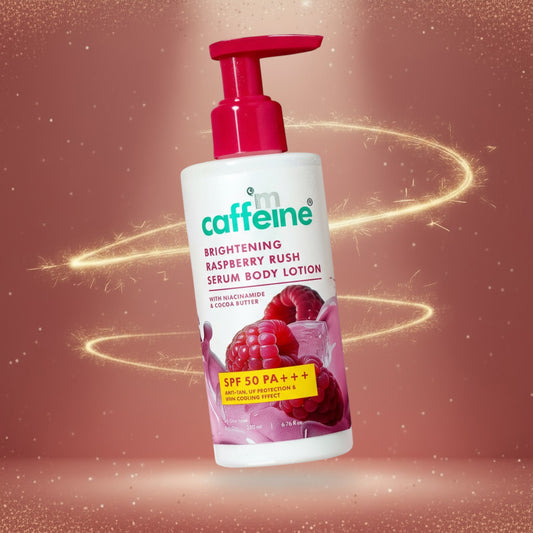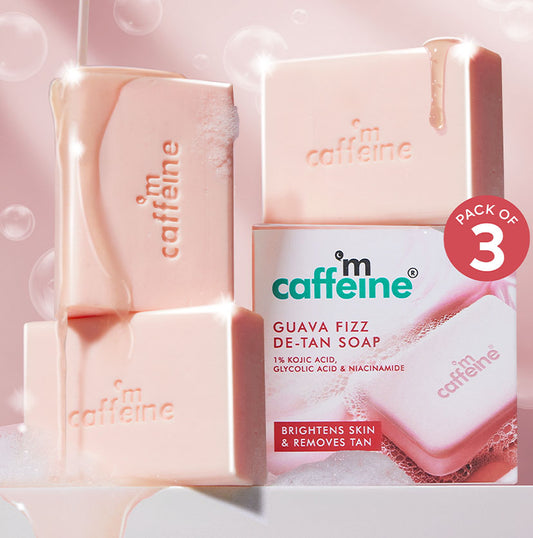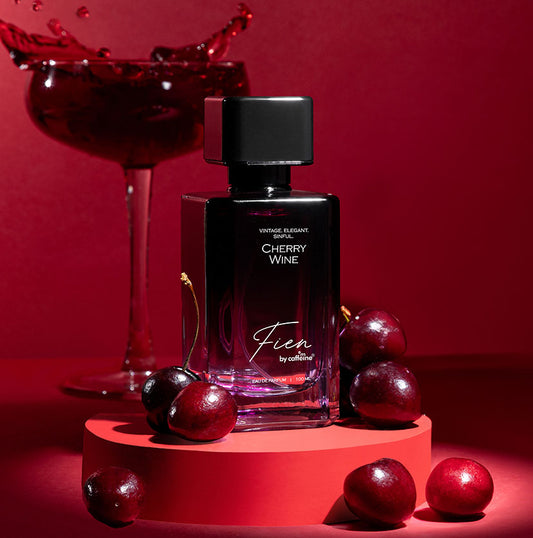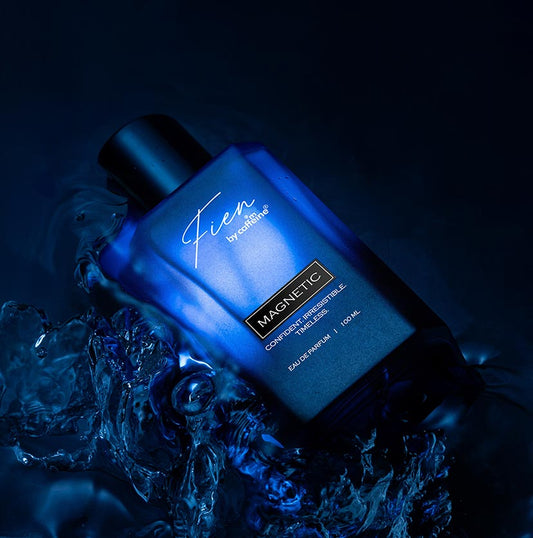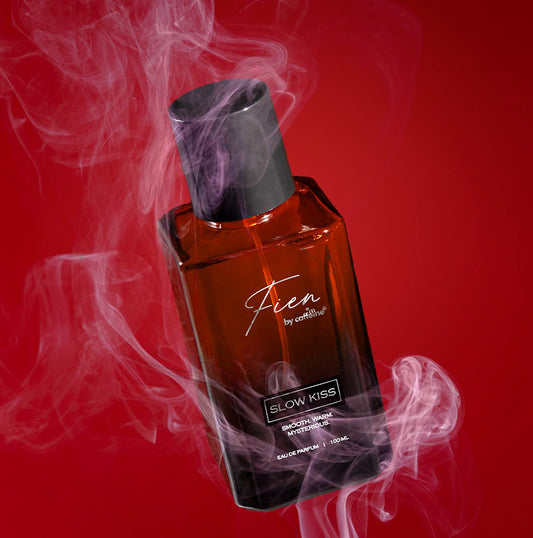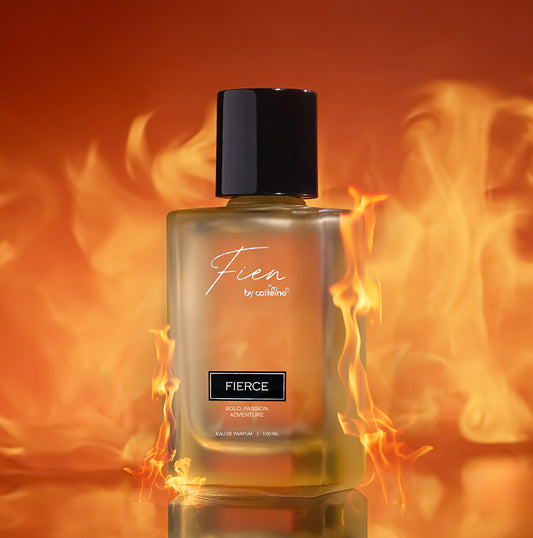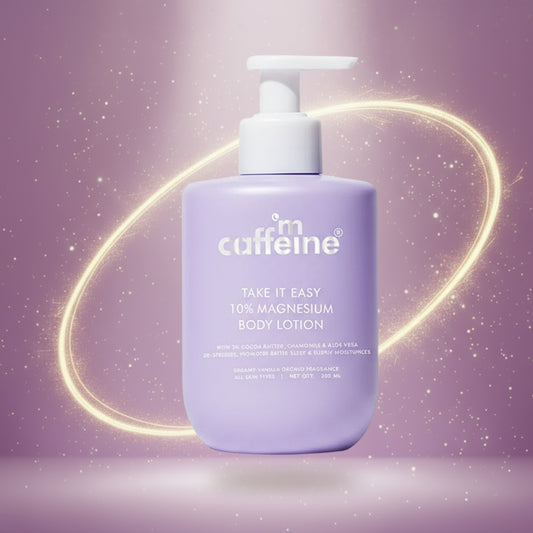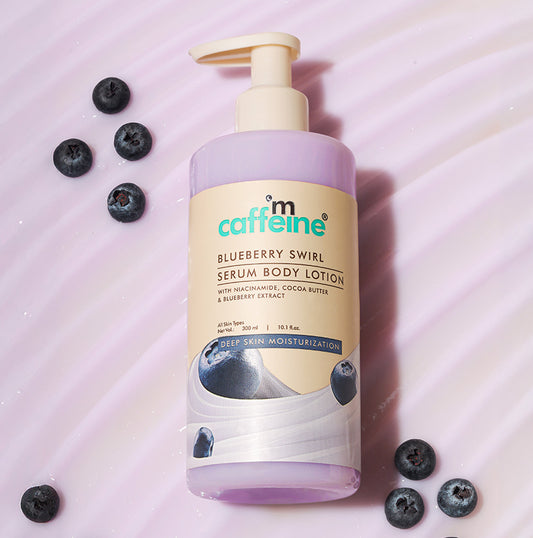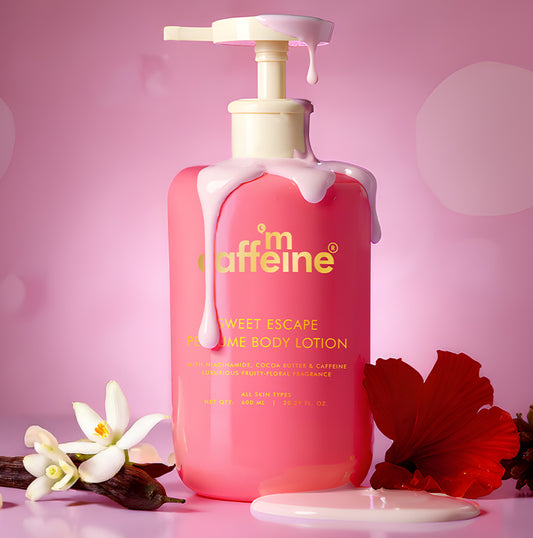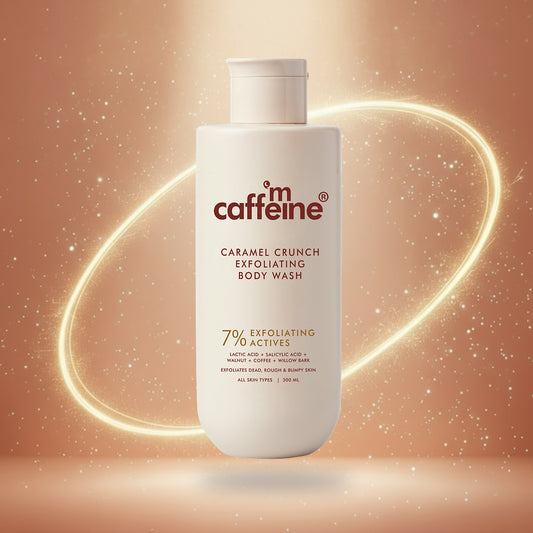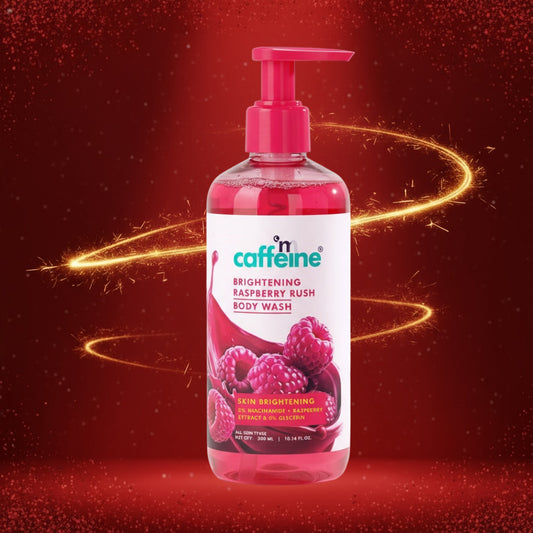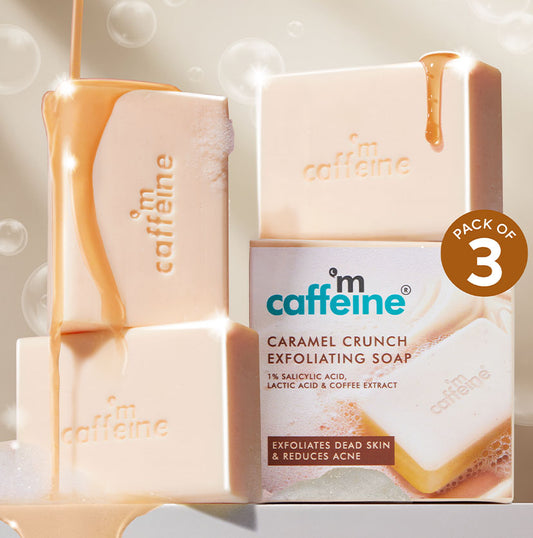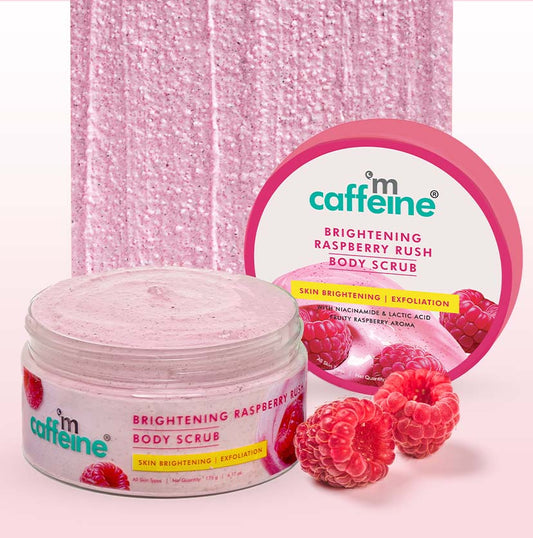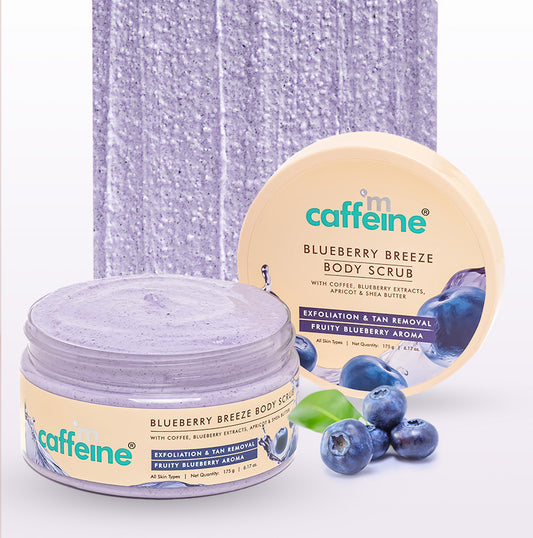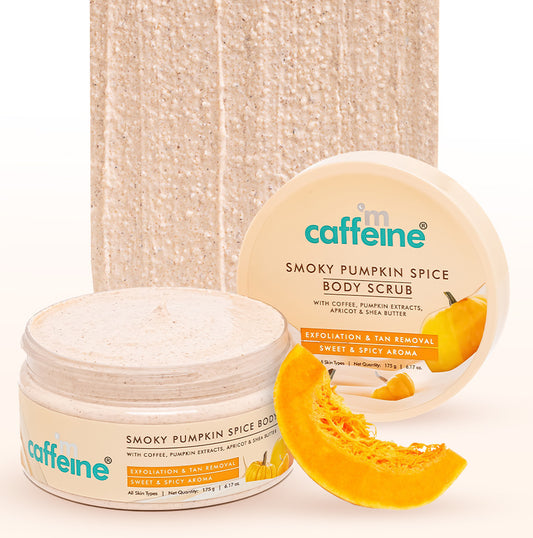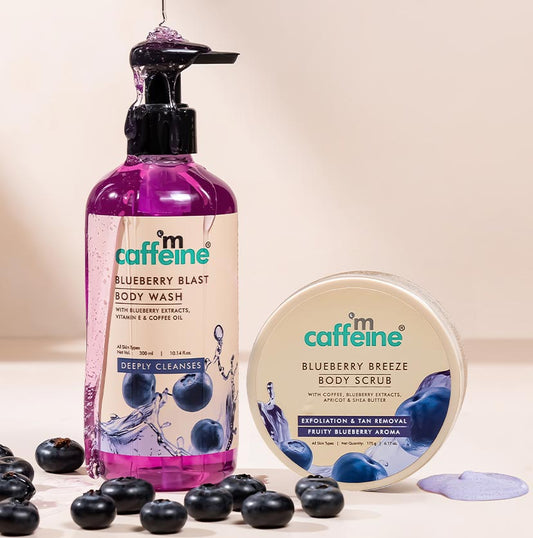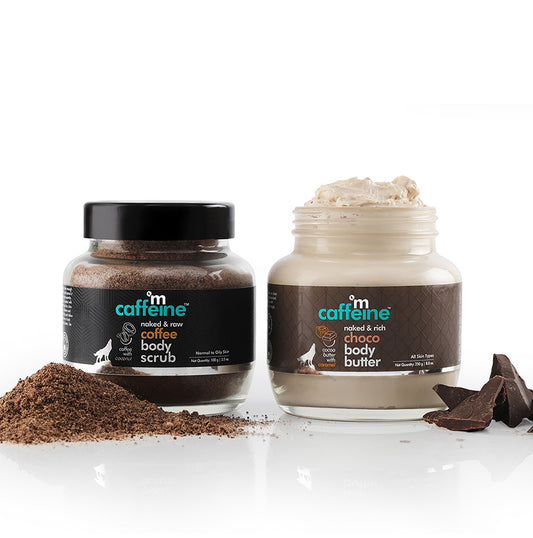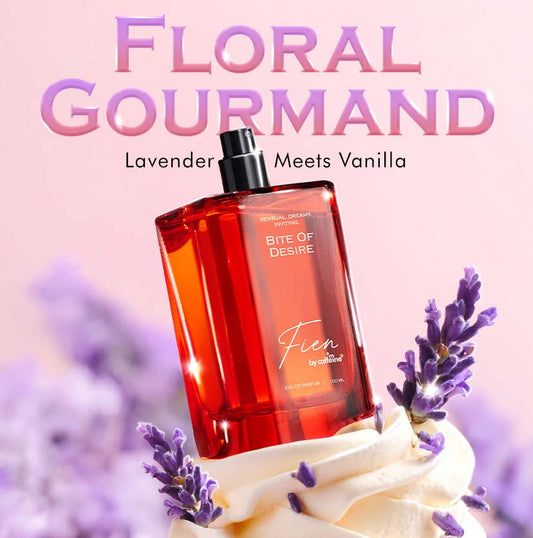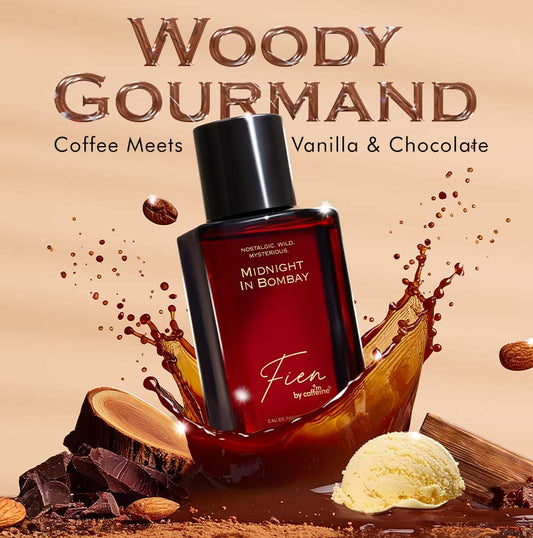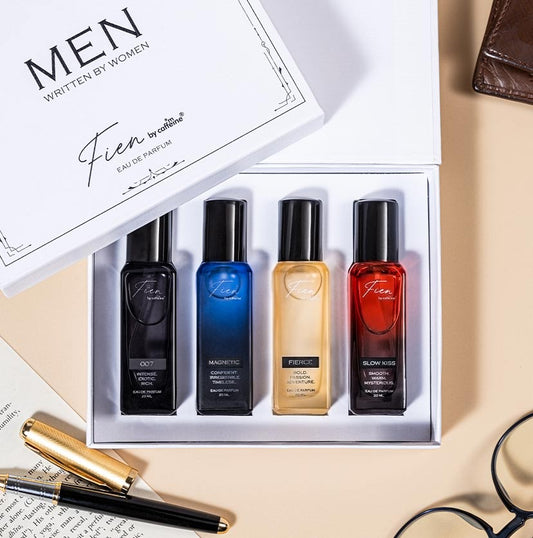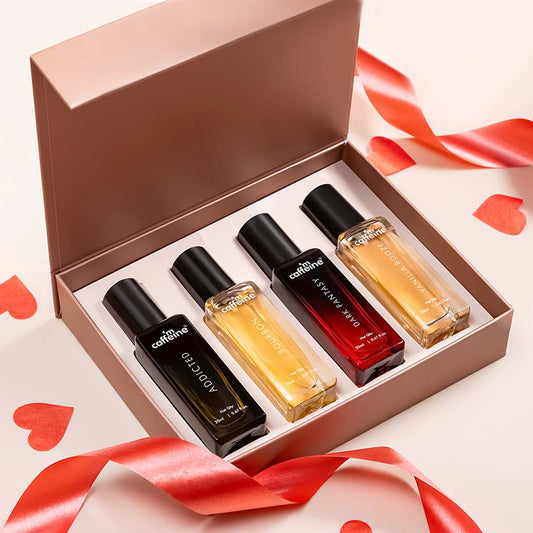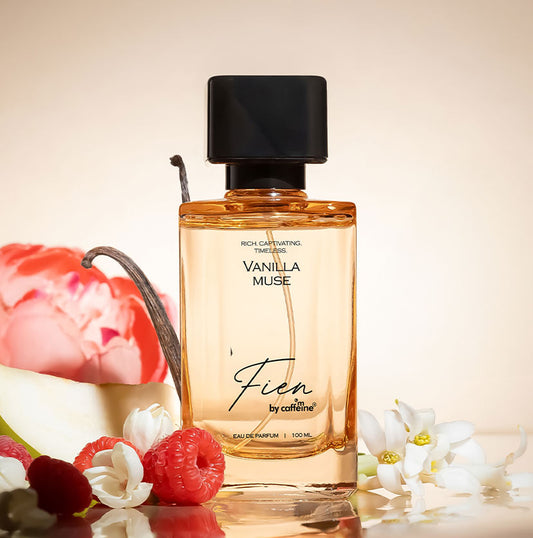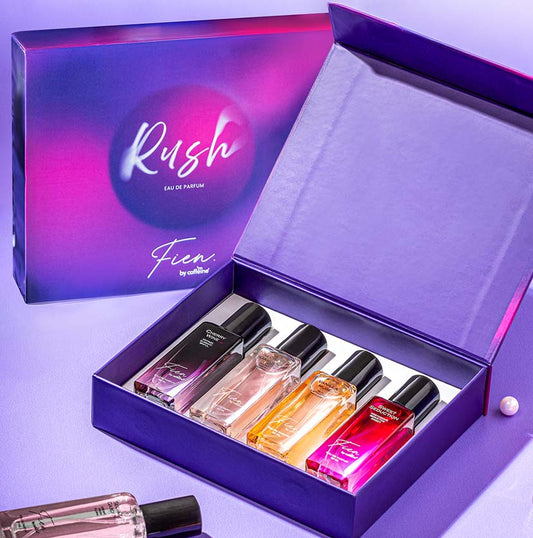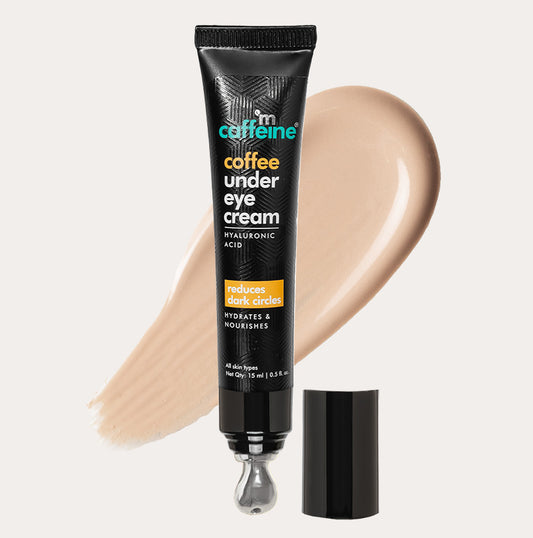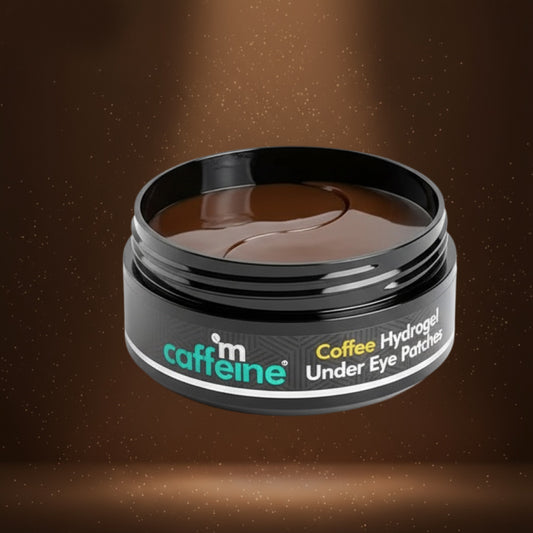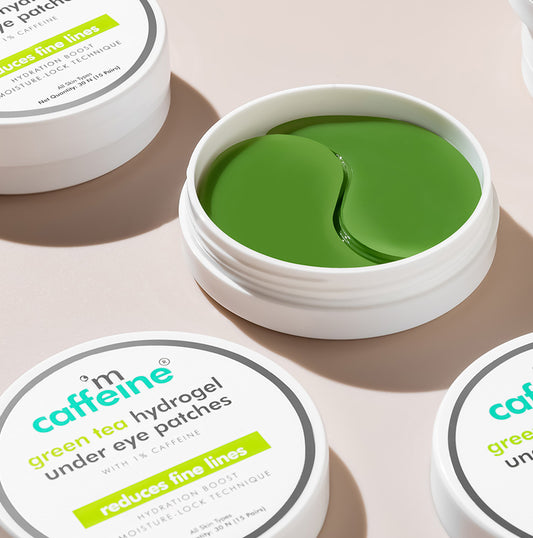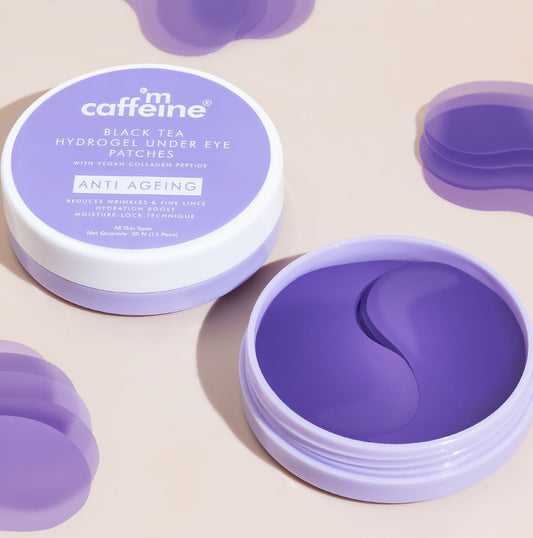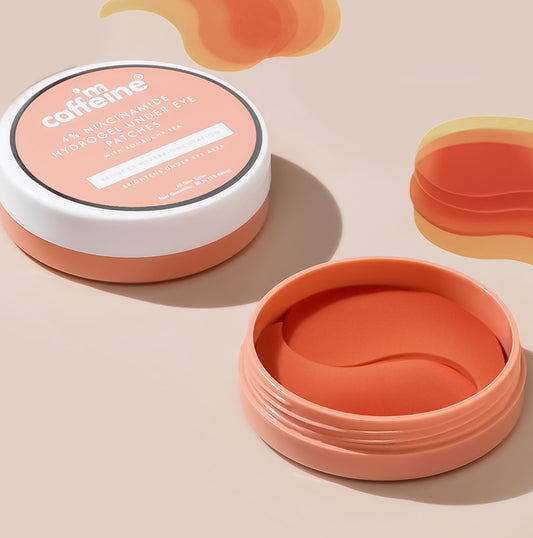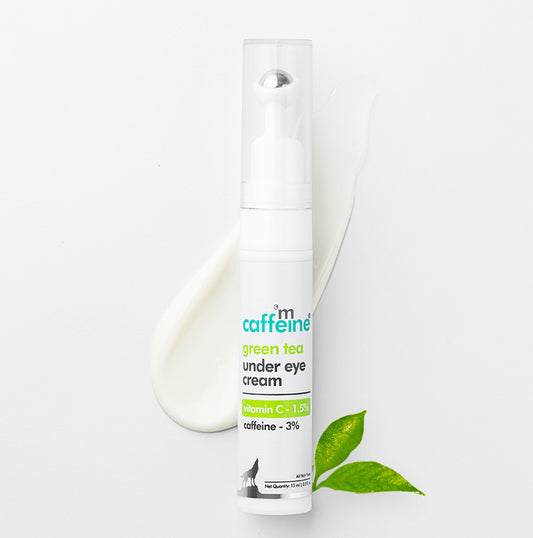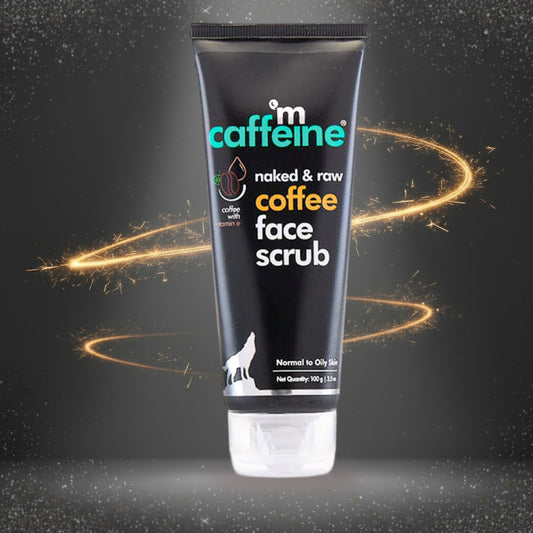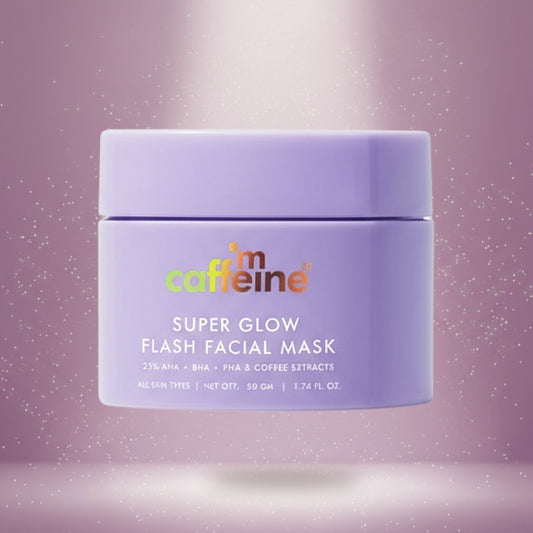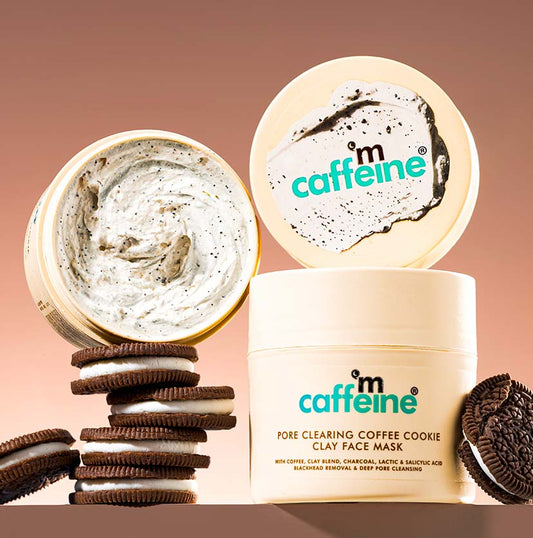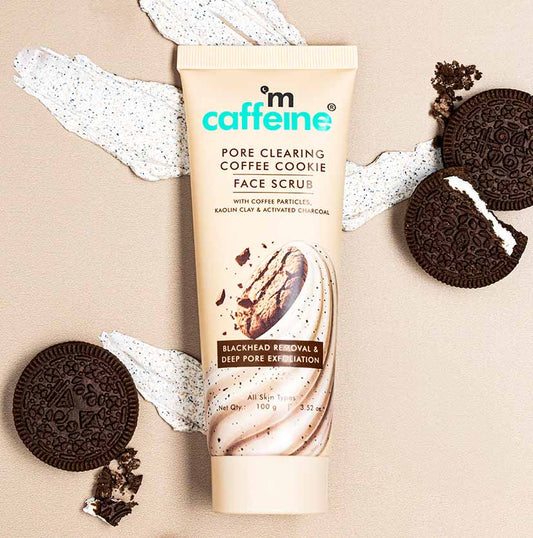The Essentials of Hair Conditioner: Benefits and Practices
05 Feb 2025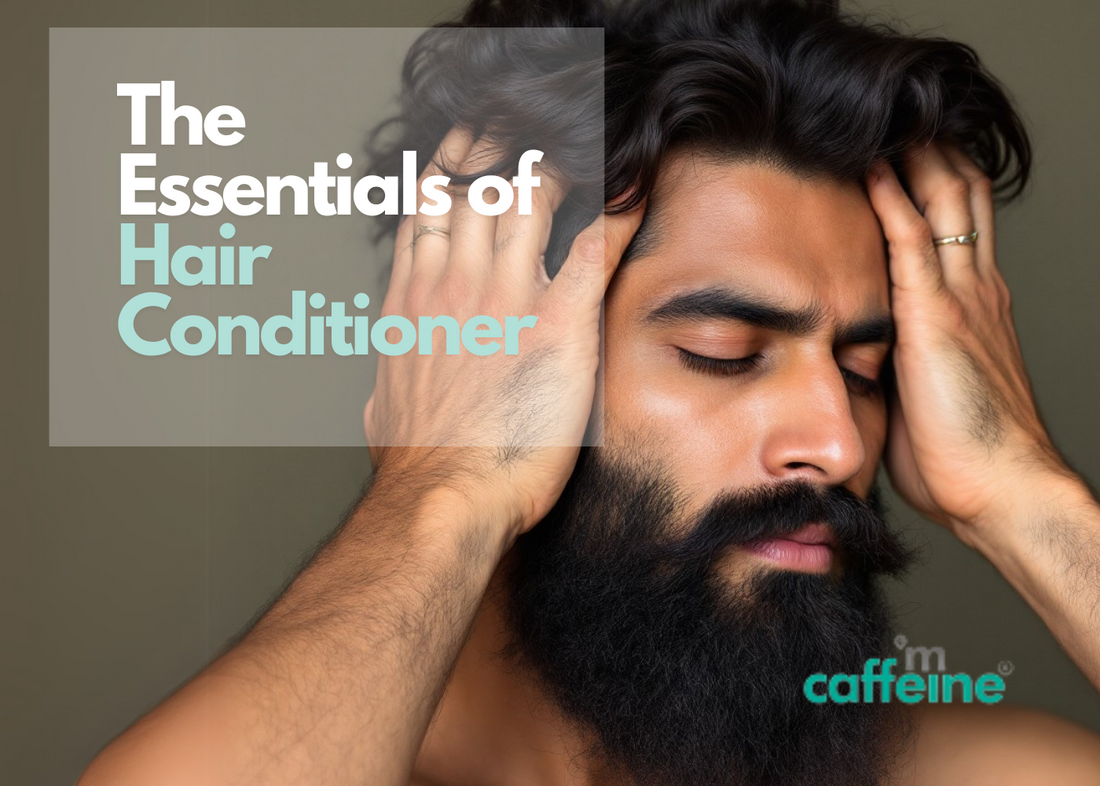
What Does a Conditioner Really Do?
Let’s get one thing straight: conditioner isn’t just a fancy add-on. Think of it as your hair’s daily hydration buddy. After shampooing, hair cuticles open up, losing natural oils and moisture. The conditioner steps in to seal those gaps, locking in hydration and smoothing frizz. It’s like applying sunscreen to protect strands from heat styling or pollution.
Why Your Hair Needs Conditioner
Conditioner’s benefits go way beyond making hair feel soft:
Fights Breakage: Dry hair snaps easily. Regular conditioning keeps strands flexible and less prone to splitting.
Blocks Humidity Frizz: Ever stepped outside and instantly turned into a frizzball? The conditioner smooths the hair’s outer layer, acting like a shield.
Color Lifesaver: Dyed hair fades fast without protection. Conditioners with UV filters or color-locking ingredients keep that red or blonde vibrant.
Tangles Meet Their Match: Rough, knotted hair? The conditioner acts as a detangler, making combs glide without tugging.
Quick tip: If hair feels heavy after conditioning, swap to a lightweight formula like mCaffeine’s Caffexil Advanced Hair Fall Control Conditioner. It’s designed to strengthen roots without leaving residue.
How to Apply Conditioner Without Making Hair Greasy
Conditioner can turn into a greasy mess if used wrong. Here’s the fix:
-
Shampoo First, Always. Skipping this? Conditioner won’t stick to dirty hair.
-
Squeeze Out Water Gently. Dripping hair dilutes the product. Pat with a towel before applying.
-
Start at the Ends. Focus on mid-lengths to tips—these areas are oldest and driest. Avoid roots unless using a scalp-specific formula.
-
Wait 2–3 Minutes. Let it soak in. Hum your favorite tune while it works.
-
Rinse with Cool Water. Seals the cuticles for extra shine.
Rinsing too fast? Most people wash it out in 10 seconds. Give it 30 seconds to ensure no sticky residue.
Hair Type Hacks: Matching Conditioner to Your Strands
Not all hair types thrive on the same conditioner:
Oily Hair: Use a clarifying conditioner weekly. Skip heavy creams.
Curly Hair: Curls love moisture. Try a coconut-based formula to define spirals.
Thin or Fine Hair: Heavy conditioners weigh hair down. Look for “volumizing” or “lightweight” labels.
Heat-Damaged Hair: Proteins like keratin in conditioners (like mCaffeine’s Damage Repair Latte) help rebuild broken bonds.
Pro Pick: Pairing shampoo and conditioner from the same line, like the Caffexil Duo, ensures ingredients work together without clashes.
Common Conditioner Myths
Let’s bust myths that might be sabotaging your routine:
-
“Conditioner Causes Hair Loss”
Nope. But not rinsing it properly can clog follicles, leading to breakouts or limp hair.
-
“Skip Conditioner if You Have Oily Hair”
Oily scalps still need hydration on the ends. Just avoid applying near roots.
-
“Conditioner Rebuilds Split Ends”
It only smooths them temporarily. Regular trims are the real fix.
Top Blunders People Make with Conditioner
Avoid these oops moments:
-
Using Too Much. A coin-sized drop is enough for short hair. Double for longer lengths.
-
Applying to Scalp. Unless it’s a scalp-specific product, this leads to grease city.
-
Skipping It After Swimming. Chlorine and saltwater dehydrate hair. The conditioner helps reset moisture.
Conditioner Choices: What’s Best for Thin, Curly, or Damaged Hair?
Match your hair’s needs to the formula:
For Hair Fall: Caffeine-powered options like mCaffeine’s Advanced Hair Fall Control Conditioner stimulate roots.
-
For Curls: Creamy conditioners with shea butter or coconut milk define texture.
For Colored Hair: Sulfate-free formulas prevent color stripping.
Eco Note: Looking for planet-friendly choices? mCaffeine’s plastic-neutral, vegan conditioners like the Damage Repair Latte line use recyclable packaging.
Time to Upgrade: Why Your Hair Deserves Better
If your conditioner isn’t cutting it, it’s time to switch. Brands like mCaffeine blend science with natural ingredients—think caffeine from coffee or coconut milk—to deliver results without harsh chemicals. Their Damage Repair Latte Conditioner, for instance, tackles split ends and UV damage while being 100% vegan and cruelty-free.
Give your hair the caffeine kick it craves. Check out mCaffeine’s conditioner collection here → Explore Now. Because great hair days shouldn’t feel like a chore.
FAQs
1. How often should conditioners be used?
Almost daily if hair’s dry or damaged. Oily scalps? Limit to 3–4 times a week.
2. Can conditioner clog shower drains?
Hard water + conditioner residue can. Rinse thoroughly and clean drains monthly.
3. Does the conditioner expire?
Yes! Toss after 12–18 months—old conditioner loses effectiveness and smells funky.
4. Can men use conditioners?
Absolutely. Healthy hair isn’t gender-specific.
5. What’s the difference between rinse-off and leave-in conditioner?
Rinse-off adds hydration then gets washed out. Leave-in stays, offering extra protection and styling aid.
